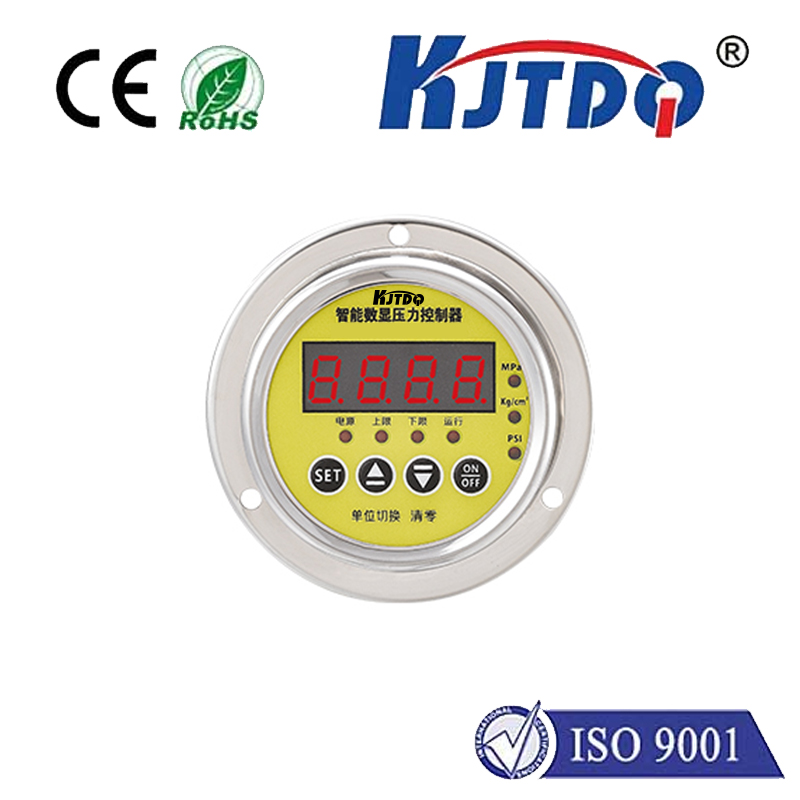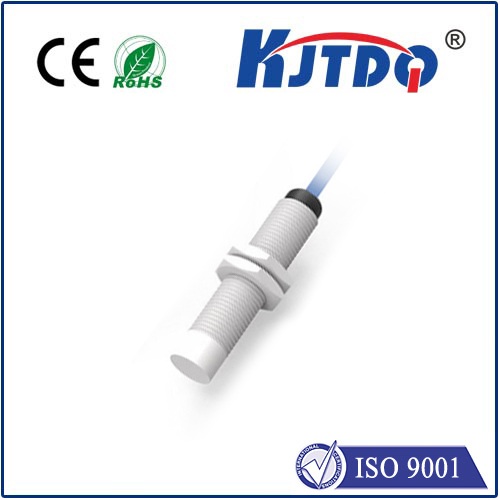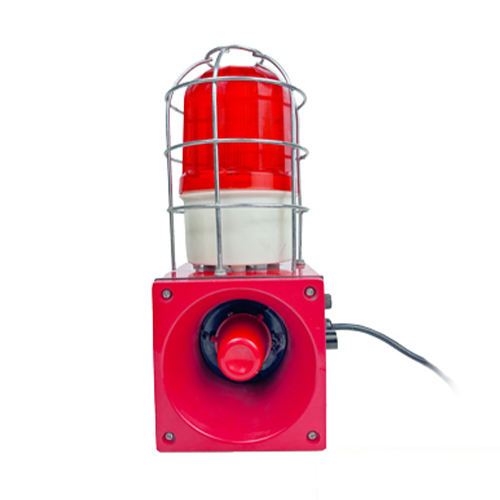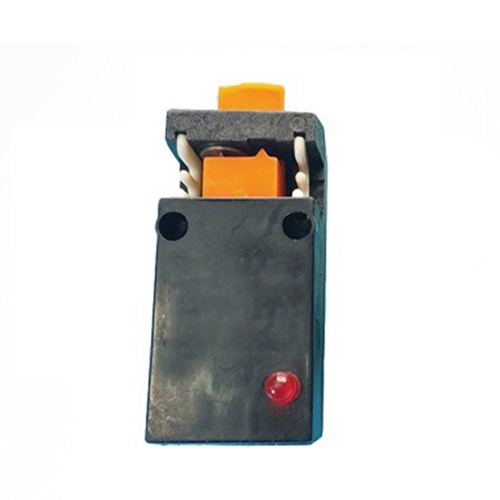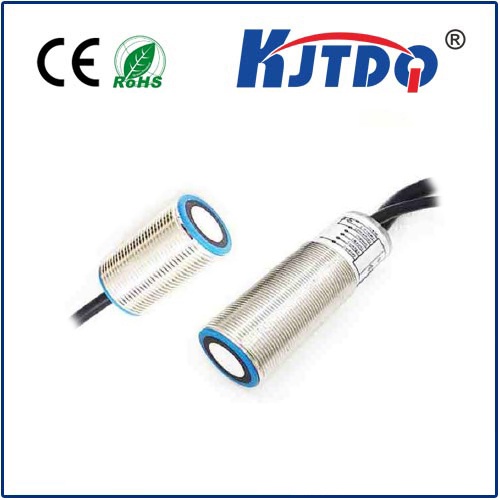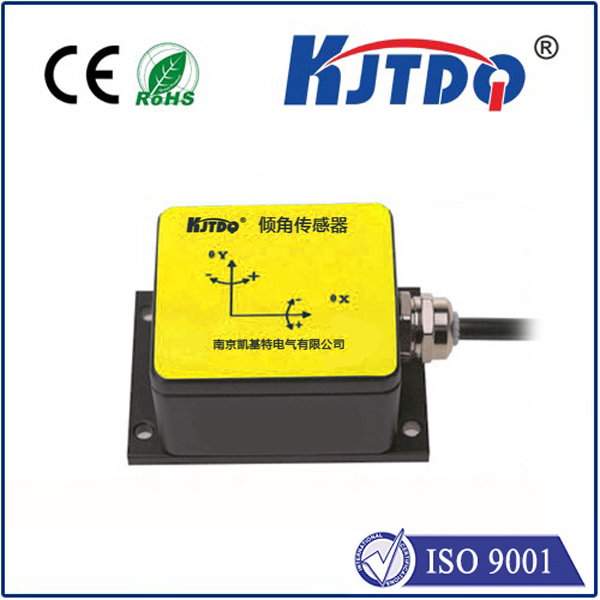5 - вольтный датчик приближения
- time:2025-06-18 01:26:13
- Нажмите:0
The Versatile 5V Proximity Sensor: Power, Precision & Practicality for Modern Electronics
Have you ever marveled at how your garage door knows not to close if you’re standing underneath? Or how your smartphone screen dims when held to your ear? More often than not, a small, unseen sentinel is at work: a proximity sensor. Among the diverse range available, the 5 - вольтный датчик приближения stands out as a cornerstone of modern electronics design, offering a perfect blend of low-power operation and seamless integration with the microcontrollers powering countless devices. Its prevalence isn’t accidental; it’s a result of meeting critical demands for efficiency, simplicity, and reliability in an increasingly connected world. Let’s delve into why these sensors are so indispensable.
At its heart, a proximity sensor detects the presence of an object within a specified range without physical contact. The 5V proximity sensor specifically operates on a nominal 5 volts DC power supply. This voltage level is crucial. It aligns perfectly with the operational voltage of the vast majority of microcontrollers (Arduino, Raspberry Pi, PIC, AVR), System-on-Chips (SoCs), and digital logic circuits prevalent in hobbyist projects, IoT devices, consumer electronics, and increasingly, industrial automation subsystems.
Why 5 Volts? The Core Advantages
The choice of 5V operation isn’t arbitrary; it unlocks significant practical benefits:

- Direct Microcontroller Compatibility: This is the single biggest advantage. Engineers and developers can connect the sensor directly to their microcontroller’s GPIO pins or ADCs without needing complex voltage level shifting circuits or additional power regulation for the sensor. This simplifies circuit design, reduces component count, lowers costs, and minimizes potential points of failure. Plug-and-play functionality significantly accelerates prototyping and deployment.
- Low Power Consumption: Operating at 5 volts inherently lends itself to lower power draw compared to higher voltage industrial sensors (like 12V or 24VDC variants). This makes the 5V proximity sensor ideal for battery-powered applications, portable devices, wearables, and any project where energy efficiency is paramount. Extending battery life is a critical design goal in modern electronics, where these sensors excel.
- Reduced Noise Susceptibility: While all electronic circuits are susceptible to electrical noise, operating at lower voltages generally exhibits better noise immunity within the context of digital logic systems sharing the same 5V supply rail. Careful design and shielding are still needed, but the shared voltage domain simplifies management.
- Standardization & Availability: The 5V standard is ubiquitous in the digital electronics world. This means a vast ecosystem of 5 volt proximity sensors exists from numerous manufacturers, offering diverse sensing technologies, form factors, and sensing ranges. This abundance translates to competitive pricing, wide availability, and easy sourcing.
- Cost-Effectiveness: The combination of simplified interfacing, lower power requirements, and standardized manufacturing contributes to an overall more cost-effective solution, especially for medium-volume production or prototyping.
Understanding the Sensing Technologies
5 volt proximity sensors come in several fundamental types, each suited to different materials and environments:
- Inductive Sensors: Detect the presence of metallic (usually ferrous) objects. They generate an electromagnetic field; when a metal object enters this field, it induces eddy currents, causing a detectable change in the sensor’s oscillation. Highly reliable, immune to dust/grime, and ideal for industrial counting, position detection, and metal detection tasks.
- Capacitive Sensors: Detect the presence of any material (metal, plastic, wood, liquid, organic matter) that affects an electrostatic field. They sense changes in capacitance caused by the dielectric properties of a target. Perfect for detecting fill levels in non-metallic tanks, presence of objects through barriers, or touch/proximity sensing applications.
- Optical Sensors (Reflective/Through-Beam): Use infrared or visible light. Reflective (diffuse) sensors emit a light beam and detect its reflection off an object. Through-beam sensors have separate emitter and receiver units; detection occurs when an object breaks the beam. Excellent for detecting objects of various materials, colors (dependent on type), and at greater distances than inductive/capacitive. Susceptible to ambient light interference and obscuration by dirt/grime.
- Ultrasonic Sensors: Emit high-frequency sound waves and measure the time for an echo to return. Detect a wide range of materials and measure distance effectively. Less common in the pure “proximity” (on/off) role at 5V compared to the above types, but often used for precise distance measurement.
Key Applications Leveraging 5V Proximity Power
The practicality of 5V proximity sensors makes them incredibly versatile:
- Consumer Electronics: Screen dimming on phones/tablets (avoiding accidental touches), automatic faucet/sanitizer activation, smart home occupancy detection, lid open/close detection on appliances.
- Robotics & Automation: Obstacle avoidance and collision detection for small robots, end-effector position sensing, component presence verification on assembly lines (especially smaller benchtop automation).
- DIY Projects & Maker Community: The backbone of countless Arduino and Raspberry Pi projects – interactive art installations, security systems, automated plant watering (soil moisture detection can use capacitive principles), model railway control, etc.
- Industrial Control (Small Scale): Position sensing in smaller machinery, jam detection in conveyors, simple object counting, detecting tool presence, fill-level sensing in small tanks/capsules (capacitive).
- Automotive Interior Systems: Cup holder presence detection (for lighting/controls), seat occupancy detection (supplementary), glovebox lid detection.
- IoT Devices: Compact sensor nodes monitoring bin fill levels, equipment door status, or environmental proximity triggers, all communicating wirelessly while running efficiently on batteries.
Choosing the Right 5V Proximity Sensor: Key Considerations
Selecting the optimal sensor involves careful evaluation:
- Target Material: Is it metal? Plastic? Wood? Liquid? This dictates whether you need inductive, capacitive, or optical.
- Required Sensing Distance: Different technologies and specific sensor models offer varying ranges. Ensure the sensor satisfies the necessary operating distance (usually specified as the nominal sensing distance, Sn).
- Output Type: 5 volt proximity sensors typically provide a digital output:
- NPN (Sinking): Outputs 0V (GND) when active. Requires a pull-up resistor at the microcontroller input.
- PNP (Sourcing): Outputs the supply voltage (approx. 5V) when active. Often easier to interface directly to microcontrollers expecting a logic-high signal.
- Analog Output: Some models output an analog voltage proportional to distance, requiring an ADC input on the microcontroller.
- Form Factor & Size: The physical dimensions must fit the intended installation space. Cylindrical threaded barrels are common for inductive/capacitive, while optical sensors come in compact housings.
- Environmental Factors: Consider temperature, humidity, potential exposure to dust, water (IP rating), chemicals, or electrical noise. Inductive sensors excel in harsh, dirty environments, while optical sensors can be hampered by grime or fog. Capacitive sensors can be affected by humidity.
- Response Time: How quickly does the sensor need to detect an object passing by? This is critical for high-speed counting or automation.
The 5 - вольтный датчик приближения represents a convergence of modern electronics requirements: low power for portable and IoT applications, direct compatibility with


